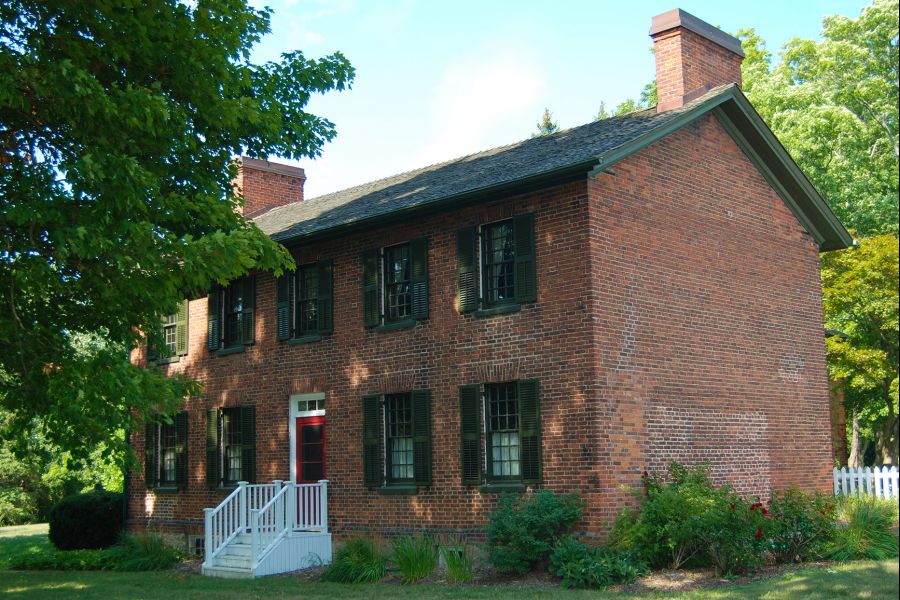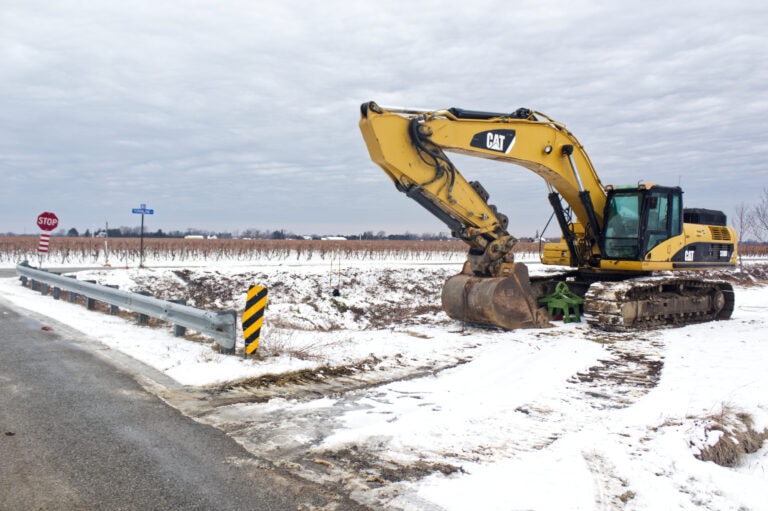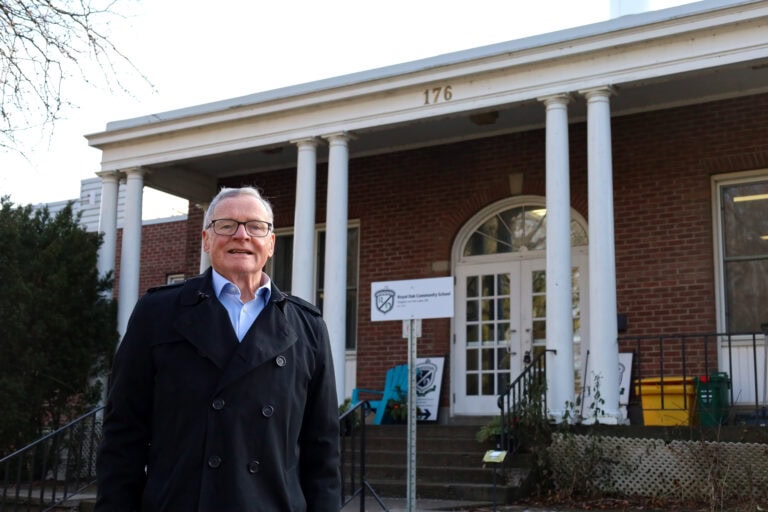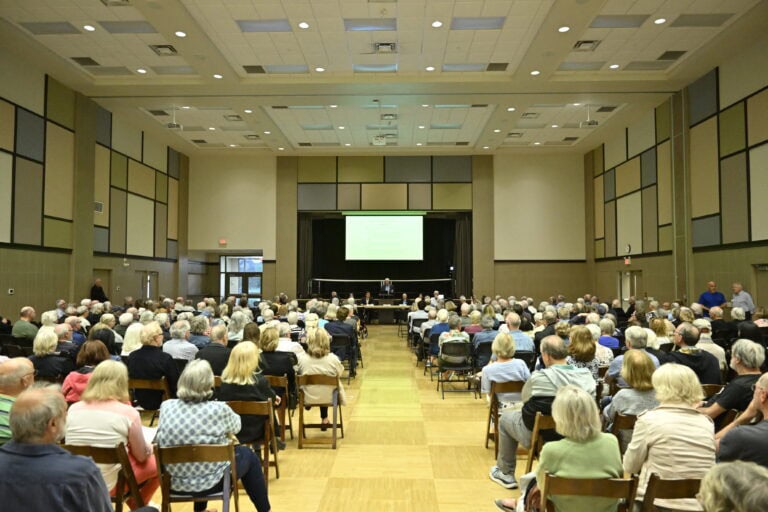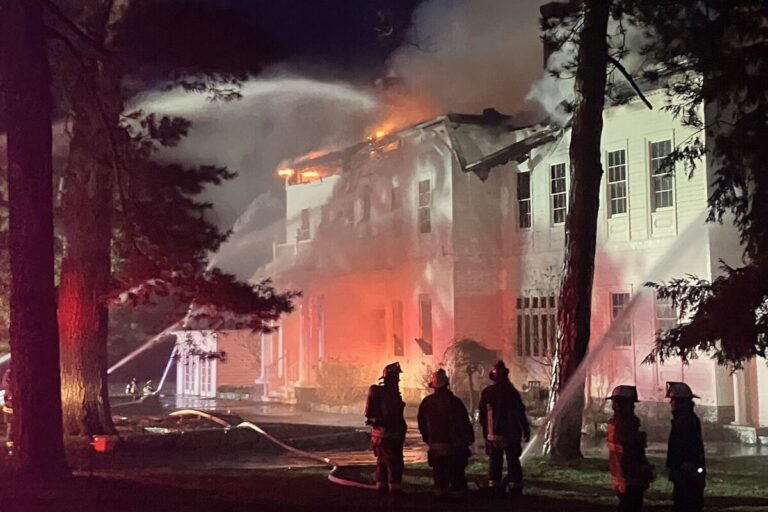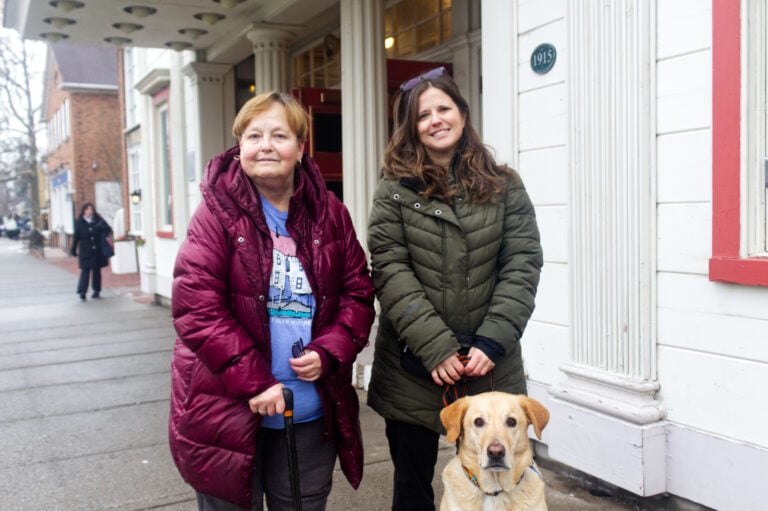In the 18th century, even the most successful craftsman could not become a wealthy man from his trade; certainly comfortable, but never in a position to leave a legacy to their children.
And a legacy was what John McFarland wished to create when, after serving decades of service as a shipwright to the Royal Navy, he purchased Lots 22, 23 and 25 in Niagara Township while simultaneously applying for and eventually receiving a land grant of 500 acres in Niagara Township and an additional 500 acres in Grimsby.
Arriving here in the early 1790s, McFarland and his family set to building that legacy with a will and by the end of the decade had established a thriving farm and brickworks business. His success was heralded by the completion of a substantial manor home in 1800.
Built with bricks of his own manufacture laid five wythes (layers) thick in a Flemish bond pattern, it is the epitome of the conservative Georgian style favoured in Upper Canada.
Its main entry is centred on the facade and each of the openings are ranked (second-floor openings directly above those on the first floor) into five bays. The windows are 12 panes over 12 panes and the door is topped by a rectangular three-pane transom.
The house trim is clean, simple and minimalist as befitting this type of Georgian expression, wherein symmetry and balance principally underwrite its graceful but somewhat austere demeanour.
From this house backing onto the Niagara River, John McFarland would view the steady expansion of his legacy (by 1810 he owned over 2,500 acres in Canada West) until the War of 1812 broke into his world.
He was arrested by the American invaders and then force-marched to a prisoner of war camp near Albany, N.Y., to spend the rest of the war interred under harsh conditions. His fine house was occupied, then variously used as officers’ headquarters and a hospital by both opposing armies. When McFarland finally returned home after the war, he found his house severely ravaged but still standing.
McFarland died in 1815, leaving his sons to restore the house. Still, his legacy lived on and the wealth he had created supported his descendants for generations. In the 1950s the Niagara Parks Commission purchased the McFarland House and after a historical restoration program, opened it to the public in 1959.



